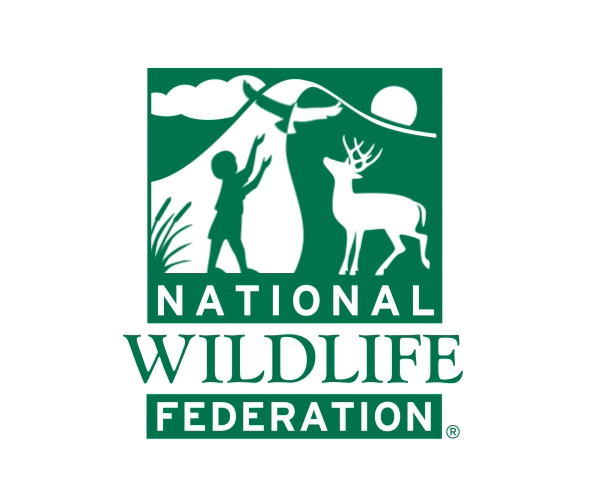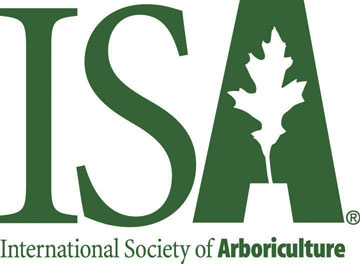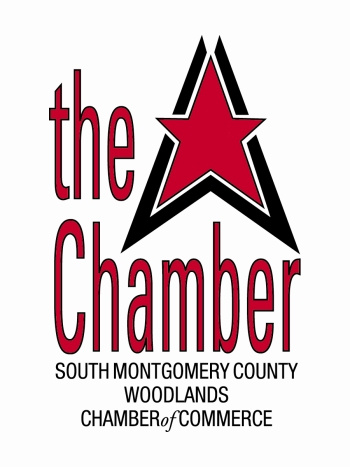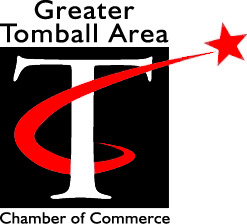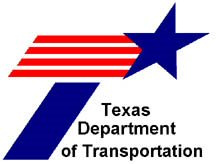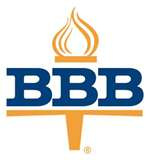"Topping trees" is a term used in arboriculture--it means cutting older trees down almost to the top of their trunk. Topping trees is sometimes used as a less expensive alternative to their full removal, and for large trees, this process can be quite costly. Usually tree topping is done because the homeowner is in a pinch, and it's not always best because it causes serious tree damage.
There are some types of trees that die as a result of tree topping, and it comes at little expense to the owner who did not want the tree in the first place. This is why it is vital to know the types of trees in your yard and make careful decisions based on the tree's health instead of what looks nice for landscaping.
The term "pollarding" is an ongoing operation where the tree owner cuts the tree branches down as the tree grows older through the course of its life. Pollarding cuts the branches nearly back to the trunk, and traditionally, pollarding was used to gather branches for feeding livestock fodder or the branches were burned as fuel. Now pollarding is done so that the tree will produce a dense mass of new branches. The process can also be used for aesthetic purposes and to keep a tree from outgrowing its bounds.
Pollarding is limited to the trees that respond well to the process, and in order to understand the procedure better, be sure to see what an arborist has to say on the difference between topping trees and pollarding. Tree cutting services offer selective cutting, or periodically removing trees, and is utilized to regenerate a strand of trees. Pollarding and selective cutting are done for the benefit of the tree species' growth and renewal. Tree topping hurts the tree and does not regard the tree's chances of survival.
Always hire an arborist when coming to terms with trees you no longer want in your yard. Be absolutely certain that the arborist will not top your trees; the practice is seen as a highly disreputable behavior!








